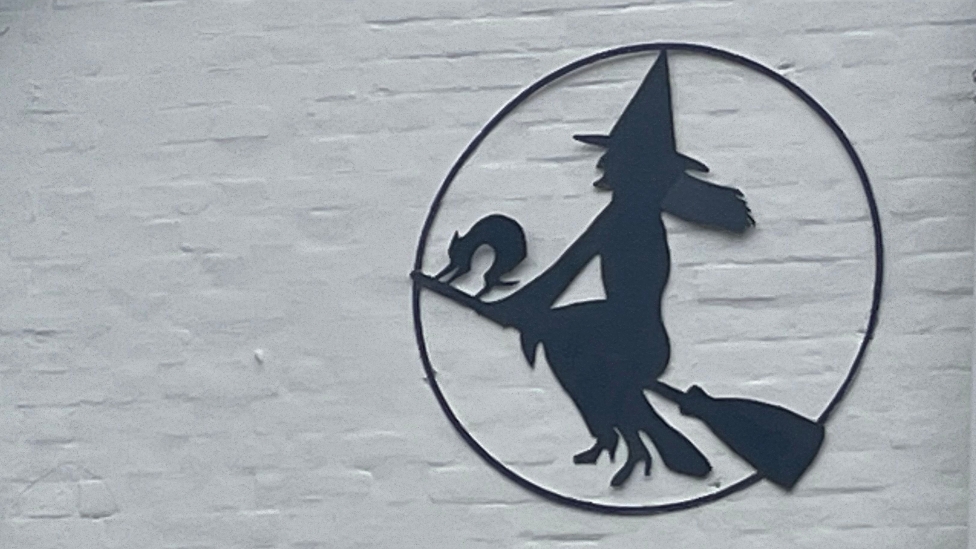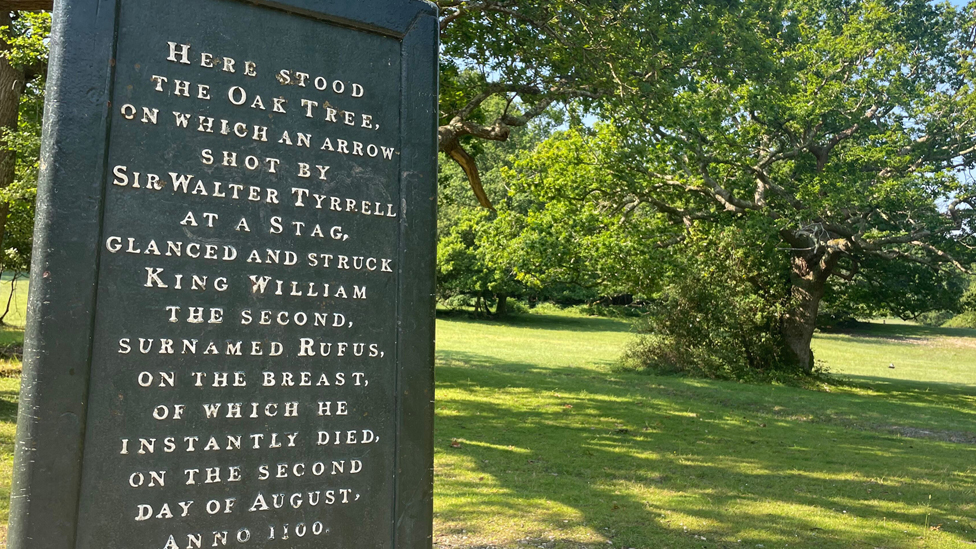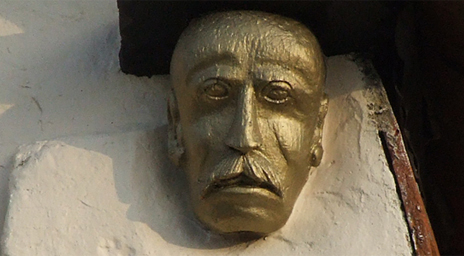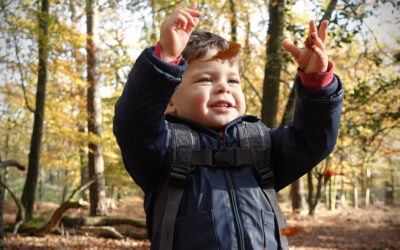The New Forest is steeped in history and folklore – with stories of haunted houses, ghostly sightings and witchcraft.
This Halloween, take a walk in the forest to discover some of the legends and creepy tales that have been passed down through generations. Sightings of ghosts are not guaranteed!
Haunted Beaulieu

On a walk from Beaulieu you’ll glimpse Palace House, home of the Montagu family, which has its fair share of spooks and ghouls.
Isabella, Countess Beaulieu, who died in 1786 is known as The Lady in Blue – she has been known to make a commotion in the private apartments of the house and has even been seen walking through walls. In 2013 a tour guide apparently caught her on camera when testing a new mobile phone.
Also in the house, an evil spirit is said to haunt the top of a staircase where a butler murdered a maid in the 19th Century.
Beaulieu Abbey was founded in the 13th Century and was home to a community of Cistercian monks until it was destroyed by Henry VIII. The monks may have long since departed but some say they still haunt the village.
Some Beaulieu residents have experienced encounters with ghostly monks – figures in swishing robes have been seen working away in the fields.
If someone in the village dies, it has been said that the sound of a phantom funeral ceremony can be heard in the chapel with the chanting from a ghostly choir of monks carrying across the village along with the slow footsteps of a funeral cortege.
Lyndhurst legends

Our Lyndhurst Explorer walk takes you past the former Glasshayes House – now the Lyndhurst Park housing development.
Glasshayes House was built in the early 19th Century by George Buck as a countryside retreat for him and his wife. Later residents included Richard Fitzgeorge de Stacpoole, 1st Duc de Stacpoole who ran a local smuggling ring.
During his time, the house’s octagonal tower was used as a lookout by smugglers. The house was raided by excise officers in 1847, during which the Duc barricaded himself in the tower.
The Duc died the following year and his ghost is said to haunt the house, with strange music heard each year on the anniversary of his death – reputedly from a grand ball for the dead.
Alongside it is Bolton’s Bench – the subject of another New Forest legend.
In the Middle Ages, the village of Bisterne near Burley was terrorised by a fierce dragon. A brave knight, Sir Maurice de Berkeley, attempted to rid the villagers of their nemesis.
The story goes that, after battling the beast across the New Forest, he eventually slew the dragon near Lyndhurst and its corpse became the hill.
The knight however was a broken man and he and his dogs eventually lay down and died – yew trees grew where they fell at the top of the mound.
Witchcraft in Burley

Pagan activities in the New Forest go back into the mists of history – evoking the spirits of the forest and creating healing potions using the native herbs and plants.
A study of historical markings made on trees, carried out in 2020, found examples of so-called “witch’s marks”.
These concentric circles cut into tree bark were thought to have been intended to ward off evil spirits.
Burley’s connections with witchcraft started in the 1950s when the high priestess of a Coven of White Witches used to live in the white house which is now the Coven of Witches shop.
Sybil Leek wore a long black cloak and would wander through the streets with her pet jackdaw, Mister Hotfoot Jackson.
She became a local celebrity and was featured on TV, but eventually the attention proved too much and Sybil emigrated to the USA.
But the village has kept it interest in witches ever since. The Coven of Witches shop has a picture of Sybil above the fireplace and several gift shops sell all sorts of magic memorabilia – you can even buy yourself a new cauldron!
Visit Burley after a walk through the surrounding sweeping heathland.
King Rufus’ royal ghost

Near the hamlet of Brook in the north of the forest, is the Rufus Stone. It reputedly marks the site where King William II – Rufus – was killed while hunting in August 1100.
The New Forest had been created as a vast royal hunting ground by Rufus’ father, William the Conqueror, in 1079. It was on a hunting trip that an arrow was fired by one of the royal party, Sir Walter Tyrell, to try and kill a deer – but it glanced off an oak tree and struck Rufus in the chest, killing him instantly.
Whether it really was an accident, or if there were more sinister reasons behind his death, remains one of the great mysteries of English history. William’s brother Henry was quick to seize the throne after his death.
Legend says that a ghostly figure of a short, stocky man with red hair, a tunic and stout boots can be seen wandering through the nearby woods.
Every year a pond at Ocknell near Stoney Cross is said to turn red. It is where Sir Walter is believed to have stopped to wash the monarch’s blood off his hands after fleeing the scene. The ghostly apparition of his faithful black hound is said to appear each year as an omen of death.
To discover more about the folklore of the forest on an organised guided walk during the Halloween period, Haunted New Forest offers interactive, spine-tingling ghost walks and spooky events.



